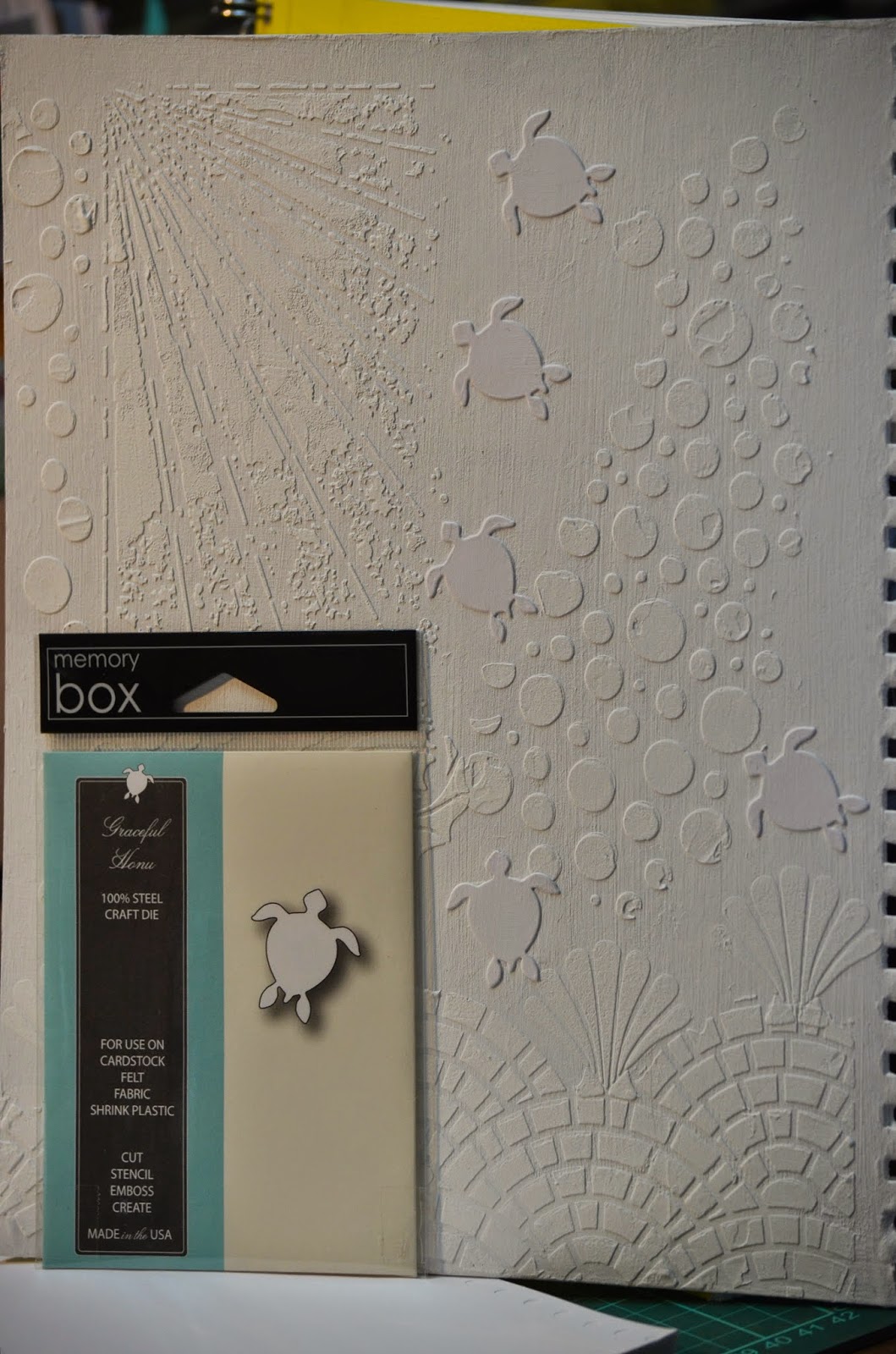When they arrived, they were lovely, but were missing one of the colours I needed.
 |
| You can see the 'real' enamel dots at the top, my handmade ones at the bottom. |
 |
| While these were quite pretty, and definitely in the colours I wanted, you can see that the drop of Glossy Accents didn't spread to the edges. |
I decided to make more, and use a headpin to work the Glossy Accents to the edges of the tiny circles of card. My largest hole punch is a quarter-inch, and a bigger one would definitely be better. Three-eighths maybe?
This worked REALLY WELL!
HOWEVER ... trying to get the headpin out, even using a second pin to free it from the GA was like playing a game of CRAZY CHOPSTICKS!
I was a step closer though.
Finally, I laid a strip of double-sided tape down onto a thick plastic bag, and laid just the very edge of the dot onto this. This holds it still while you
a) colour it with your markers in the colour you want, and
b) add the Glossy Accents drop and spread it to the edges using the sharp end of a headpin.
 |
| I left these to dry overnight and they are ready to use. However, a little longer might be better as I can push my thumbnail into them and leave a groove. |
While these don't look exactly like the enamel dots you buy, they are cute, you can make them in any colour and size [limited only by the size hole punch you have], and finally, they cost NEXT TO NOTHING!
I thought while I was making them, they would look really nice with a few of the tiny glassbeads, or a seed bead pushed into them ... kind of like a mini-mini-paperweight!!
I will call them JellyDots, as they have a layer of clear over them and look like tiny little dots of jelly!
PS: Have now tried the 'adding beads' bit ... no, I don't think this all that good.
Here's a photo of my 'mass production' line ... laughing here ... all in all, including punching the circles, this lot took about 90-minutes.
 |
| Until the Glossy Accents dries, they may look a little milky, but this will totally disappear overnight. |
Have fun!
















































